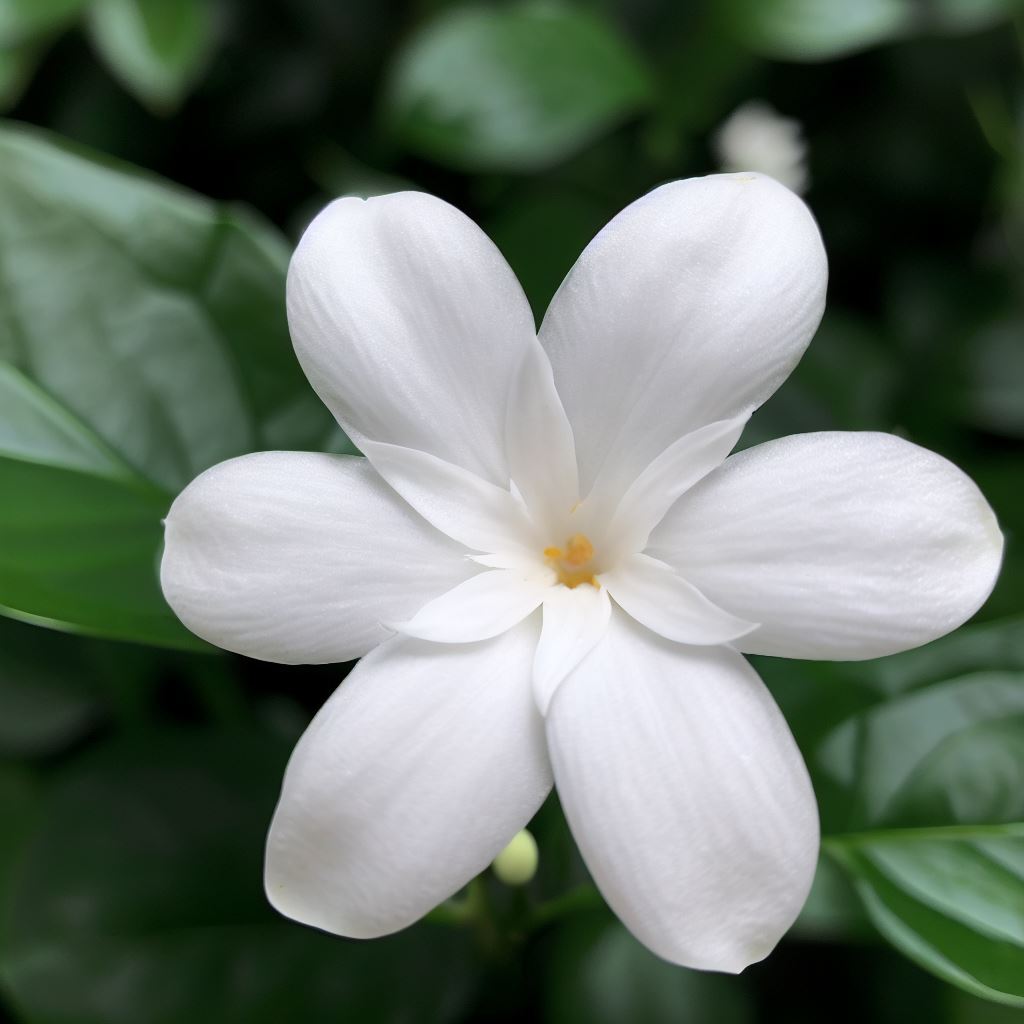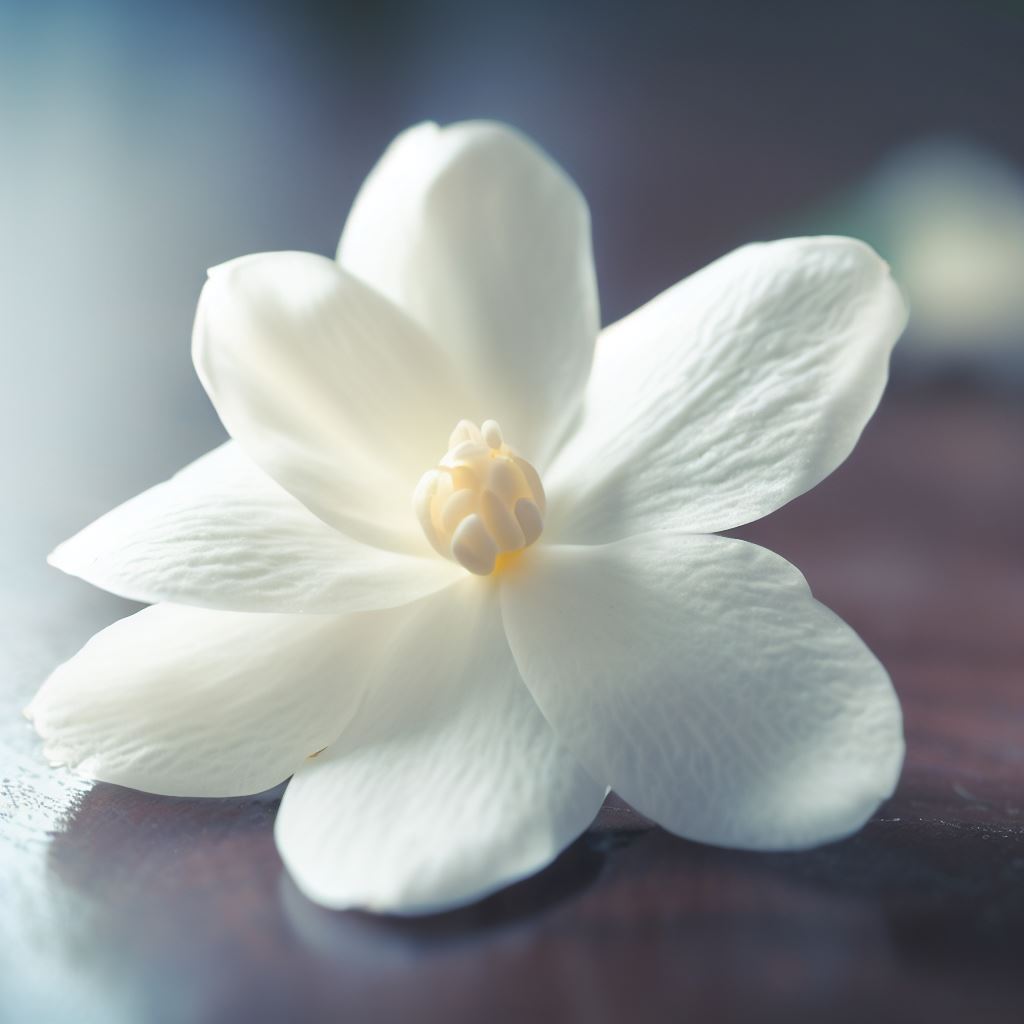What Does the Jasmine Flower Look Like? [12 Types of Jasmine]
Whether you are a gardener who has decided to plant jasmine or just interested in knowing the variety of this flower, you are in the right place. There are different types of jasmine that require little maintenance and can effectively beautify your yard while producing fantastic fragrance. Jasmine is a fast-growing flower, and many people are attracted by its sweet smell.
It is extremely versatile and grows anywhere, like hedges, walled borders, trellis, arbors, and even indoors in a pot. Moreover, various types of jasmine provide a wealth of health benefits for your skin, hair, mood, and overall well-being. So, keep reading to get to know different varieties of jasmines to help you make an informed decision.
What Are Different Types of Jasmine Plant?
Jasmine is found in vines and shrubs, but in some specific varieties, you can train the plant to grow in both forms. If you aim to get acquainted with different varieties of jasmine, glance at the list we have compiled below with a brief explanation.
Common Jasmine
Common jasmine seems to be a great place to start, as it is very popular and, as the name suggests, prevalent. Common jasmine, with proper care, can grow about 40 feet long and 15 feet thick. This type of jasmine requires well-drained, moist soil along with plenty of sunlight. Its color is pink to white and is popular for hummingbirds and butterflies. Common jasmine is also called poet jasmine.
Arabian Jasmine
Arabian jasmine is famous for its big round leaves and many-petaled blooms. It is best suited to the environment which is warm and is originally from Southeast Asia. Arabian jasmine smells like vanilla and is a little different from other types of jasmine. Its color tends to be a faded pink shade. Its height is between 6 and 10 feet. The flavor of jasmine tea is mainly derived from Arabian jasmine.
Angel Wing Jasmine
Many people believe that angel wing has the most beautiful flowers among all other varieties of jasmine. It has scented white flowers and is a vigorous climbing vine, just like common jasmine. You may see other nouns like “star jasmine”, “pinwheel jasmine”, and “shining jasmine” instead of angel wing jasmine too. Its flowers are ivory-white and large with long, thin petals that look similar to white rays. You can detect angel wings in nature by their glossy green leaves.
Royal Jasmine
Royal jasmine has pretty white flowers and is a scrambling vine like many other jasmine species. It cannot grow as tall as a common jasmine and is more shrub-like. Royal jasmine grows at most up to 4 feet. It looks similar to an open star and has pure white petals. The flowers on each cluster are numerous to the extent that its bush sometimes looks totally white. You will smell its aromatic scent everywhere around if you have one in your yard.
Dwarf Jasmine
If you want to find a type of jasmine to grow in a pot or small garden, dwarf is the one. Dwarf jasmine can be as tall as 1 foot and is an evergreen shrub. You can identify this kind of jasmine by its bright yellow flowers. The flowers are numerous and showcase their beauty from spring to the fall. Dwarf Jasmine has small oval leaves on short stems. That gives dwarf jasmine a compact look.
Wild Jasmine
Also known as common yellow jasmine, wild jasmine has small glossy leaves and fragrant yellow flowers. It can grow about 6 feet and into a dome shape. Its yellow flowers remain on the bush from mid-summer to late fall. We know wild jasmine as a cold-hardy type and evergreen shrub that is suitable for cooler climates.
Pink Jasmine
This is a decorative type of jasmine that has a vast number of pink buds on a shrubby vine. Pink jasmine has an oriental exotic appearance and produces an intense aroma at the beginning of the spring until fall. The abundance of pinkish flowers adds to its intense fragrance. This is a fast-growing vine that can have a height of 20 feet. If the climate is warm in your area, you can expect to see pink jasmine blossoms year-round.
Italian Jasmine
In spite of the name, Italian jasmine originates from Asia and has yellow flowers. It can grow to between 7 and 12 feet and is a semi-evergreen shrub. This kind of jasmine is known for its long tube-like flowers with bright yellow color. The flowers grow in clusters that beautifully drop down. You can expect to see numerous blooms of Italian jasmine in spring and summer. Your garden will be filled with powerful jasmine aromas with Italian jasmine.
Primrose Jasmine
Large flowers that are yellow in color, you might not think this is a type of jasmine! However, it has every characteristic that other jasmines have, a beautiful look, ease of care, etc. This jasmine plant is popular with gardeners and grows with no specific problem in different environments. Bear in mind that it can’t tolerate extremely cold weather. Primrose is a prolific bloomer and fast grower.

Lemon-Scented Jasmine
It is called lemon-scented jasmine as it has a lemony scent. The petals are tapered and long, and the flowers look in a way like two various flowers stacked on each other. This type of jasmine grows best in well-drained soil and full sun. Lemon-scented jasmine flowers are loaded in small clusters.
Forest Jasmine
It is one of those evergreen jasmine plants with relatively thicker vines than other types. The flowers grow toward the sun and are white to pink in color. The leaves are dark and glossy, like most of the jasmine types. Forest jasmine grows rapidly and goes everywhere in your garden.
Downey Jasmine
Whether you want a vine or a shrub, you can train Downey jasmine accordingly. Like many other jasmine plants, it is fast-growing, and you can’t skip pruning. The small flowers cover the plant, and this is why we call it Downey jasmine. Do not forget that Downey jasmine is not as fragrant as other types.
Final Thoughts
You can pick a perfect option among various types of jasmine for your garden if you gain enough information about each one. Remember to consider the zone and climate of the environment when you decide to grow the jasmine plant. If you want your jasmine just because of its aroma, choose the one that is more fragrant than others. No matter what type of jasmine you are going to grow, the flowers are always glorious and lovely and add a lot of beauty to your garden.
| Feature | Description |
|---|---|
| Color | White is the most common color, but some species have yellow or pink blossoms. |
| Shape | Small, tubular, star-shaped flowers with five or more petals. |
| Size | Typically around 1 inch (2.5 cm) in diameter. |
| Fragrance | Known for its strong, sweet, and pleasant fragrance, especially in the evening. |
| Petals | Usually five or more, arranged in a symmetrical pattern. |
| Leaves | Dark green, oval-shaped, opposite or whorled on the stem. |
| Growth Habit | Climbing vine, shrub, or small tree, depending on the species. |
| Blooming Season | Spring through late summer, but can vary by species and location. |
| Fruit | Small, berry-like fruit, often red or black when ripe. |
| Overall Shape | Bushy or vine-like growth with dense clusters of flowers. |
| Stem | Woody or semi-woody, can be green or brown. |
if you want to know more about Jasmine Flower read these articles:











